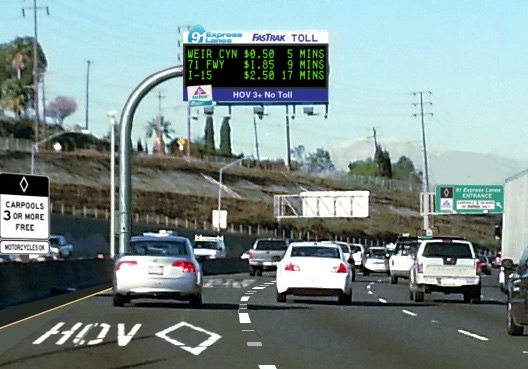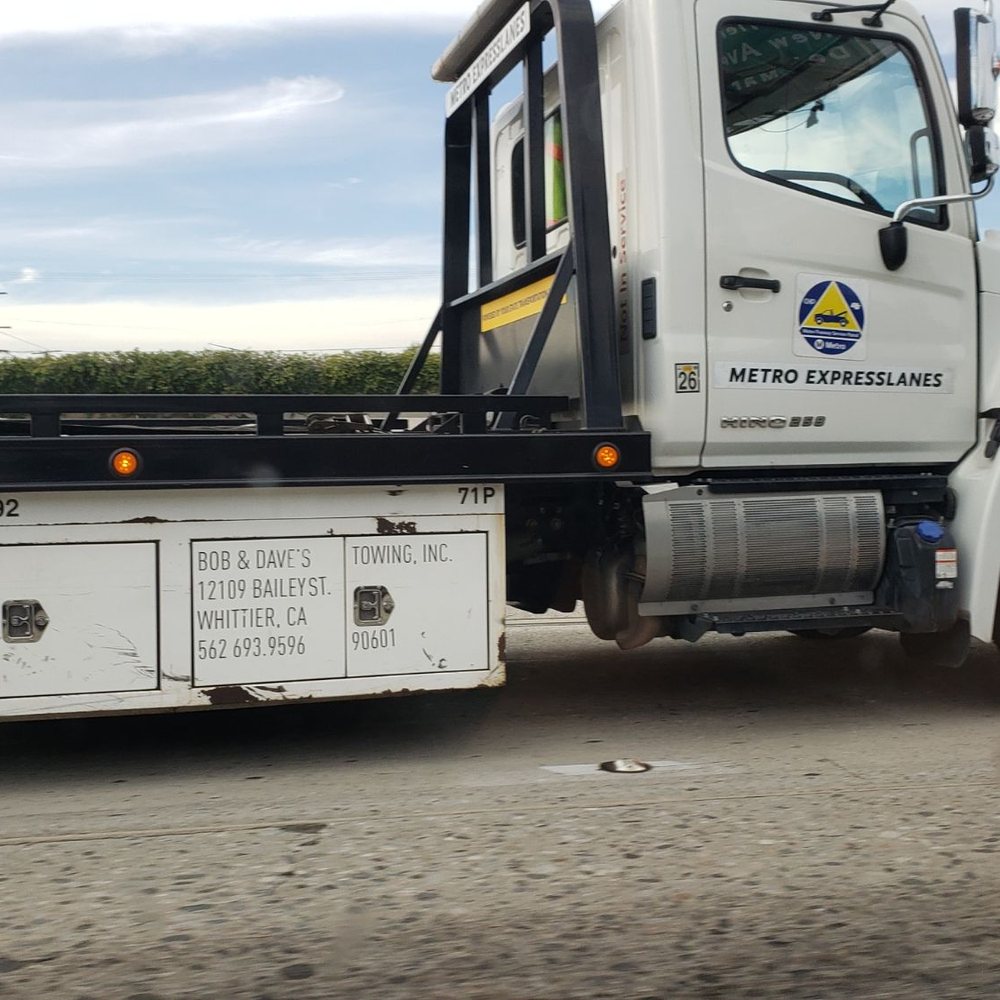

“They’re competing goals.Some board members were not convinced that tinkering with tolls will solve the problem, saying the toll amounts - and the algorithms used to calculate them - are the problem. “The idea that we would give discounts based on what fuel the vehicles use is a distraction from the main purpose of the policy, which is to manage highway capacity,” Wachs said.
110 freeway express toll drivers#
That idea has received some pushback from elected officials, including Los Angeles County Supervisor Sheila Kuehl, who said at a Metro meeting last month that the privilege to use the toll lanes without paying is an important incentive to shift drivers to more fuel-efficient vehicles.īut in its purest form, Wachs said, congestion pricing involves charging every road user to use the toll lanes, regardless of what vehicle is driven. Metro has not set a fee structure yet, Amiri said. California allows agencies to charge discounted tolls to those drivers. This fall, or early next year, Metro also plans to start charging a toll to drivers in zero-emission vehicles, who can use the toll lanes for free. Metro also is planning to provide toll credits to some frequent toll lane users who have the flexibility to shift the time of their commutes by about an hour, to relieve some of the pressure during the most congested periods of the day.

That decision lies with Caltrans, which is preparing a recommendation for next fall, spokeswoman Lauren Wonder said. That includes Metro’s push to raise the carpool requirement to three people per vehicle in Los Angeles County lanes. She said that enforcement, combined with a slate of other possible policy changes aimed at pushing more drivers out of the lanes, will bring speeds back up. Not all the drivers who are cheating the toll will leave the lanes once they get ticketed, but “a good chunk would,” Amiri said. The system should be finished next year, officials said.Įach violation will be double-checked by a human employee during the first six months of the program, with the goal of teaching the automated system to become more accurate over time, said Shahrzad Amiri, a Metro executive officer. Rather than invest in more CHP enforcement, Metro is developing an automated system designed to detect the number of occupants in a car and issue a ticket if the transponder setting does not match. Currently, only one-third of the lanes in California meet that goal, according to Caltrans. But speeds along the northbound 110 between Slauson Avenue and downtown Los Angeles fell as low as 30 mph last year during morning rush hour.Īll carpool and toll lanes that receive federal funds are required to maintain average speeds of 45 mph at least 90% of the time during peak periods. Metro relies on California Highway Patrol officers who prowl the lanes to look for violators, and catching them en masse is next to impossible.Īlong the length of the 110 Freeway, toll lane speeds remained unchanged over the past year, hovering between 51 mph and 52 mph as vehicle volumes rose.

Drivers with two or more people in the vehicle are not charged for using the toll lanes. Most drivers who cheat are alone in the car and switch their transponders to a carpool setting to avoid the toll, officials said. The high scofflaw rate has harmed the efficiency of the lanes, driving up prices and slowing down speeds for the customers who did pay to enter, they said. On any given morning, more than 25% of drivers in the toll lanes have evaded the single-driver toll, a problem that has become the top issue for Metropolitan Transportation Authority’s traffic officials. Driving the 11-mile toll route from the 105 Freeway to downtown Los Angeles can cost $20 or more during the most congested periods of morning rush hour - for the drivers who actually pay, that is. For nearly five years, the 110 Freeway’s carpool lanes have been open to solo drivers who want to avoid bumper-to-bumper traffic.īut that privilege comes at a price.


 0 kommentar(er)
0 kommentar(er)
